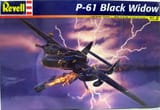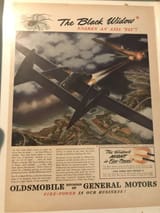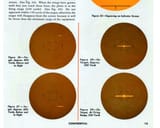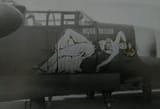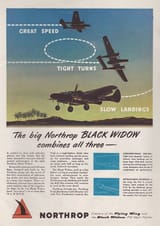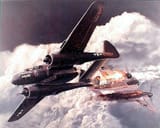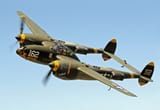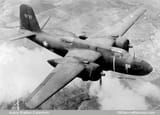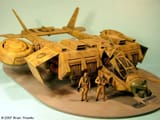>>63962855The P-61 was designed early-mid war when radar technology was just getting started, and the night fighters (on all sides) thus far developed were generally larger sized aircraft i.e. light bomber dimension and weight, due to the equipment fit and required personnel. Like other combat aircraft of same era, the design also was limited by contemporary powerplant technology (the P-61's direct postwar early jet era successor, the F-89 Scorpion, had vastly improved performance) with piston engines to be superseded by jets within half a decade.
RE: "drain resources" as others have noted, the P-61 project was not any more of a 'drain' or inefficiency than other aircraft for the allies
One spinoff was the photo reconnaissance F-15 Reporter (which itself came out of the abandoned P-61E day fighter) that partly replaced the USAAF's P-38 Lightnings (F-5) photo recon and mapping planes; the F-15 also was adopted as an interim aircraft in lieu of the cancelled Hughes XF-11 and Republic XF-12 which themselves were abandoned due to incoming and rapidly-developed advances in jet propulsion. By the 1950s the U.S. Air Force was adopting and modifying jet fighters and bombers for photographic and electronic reconnaissance missions.
https://en.wikipedia.org/wiki/Northrop_F-15_Reporter
The 1942-1948 era was an era of head-spinningly fast advances in aviation and propulsion technology, and during the war itself 1942-45 it was like a conveyor belt of new technologies, designs and production line adaptations rapidly coming along every fifteen minutes.

